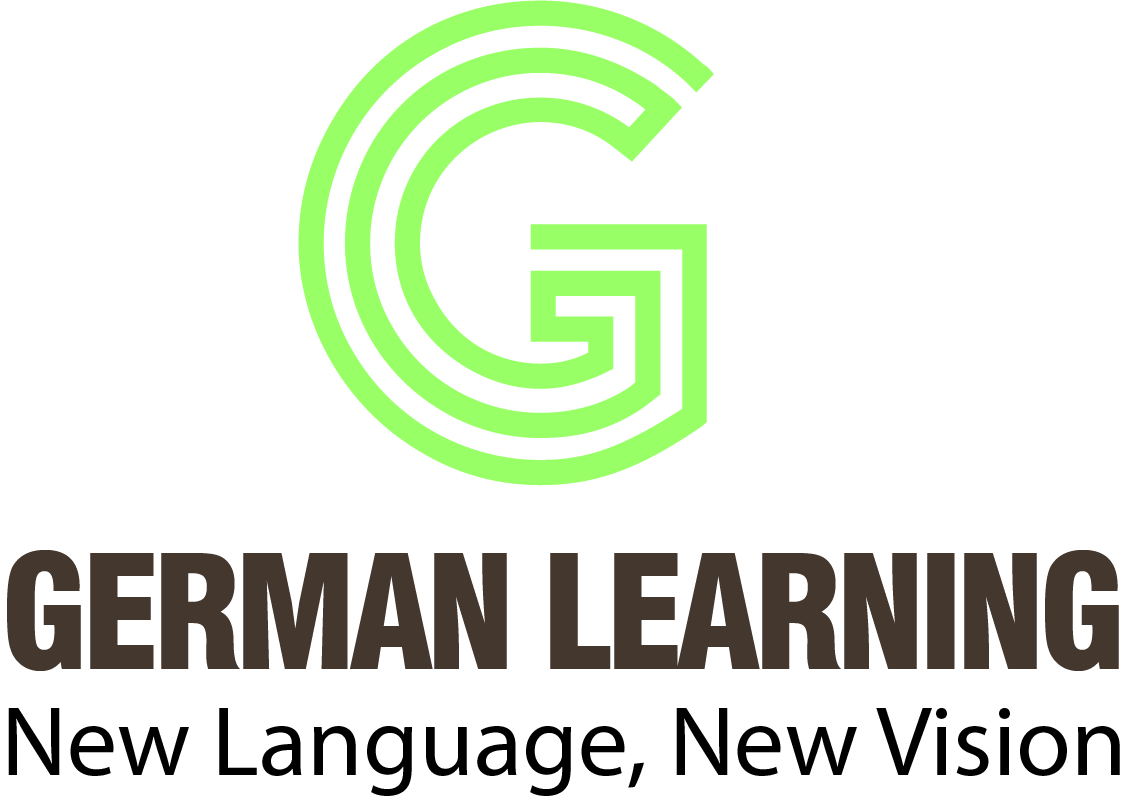Sentence structure
Sentence structure
The sentence structure in German is very organized. Verb has a fixed second position. As we know, a sentence comprises of a Subject, a verb and an Object.
The Subject usually takes the first position, then comes the verb , followed by an Object.
Subject + Verb + Object
For example:
Ich habe einen Hund.
[Ich is the Subject.
habe is the verb, (conjugated with ich)
Hund is the Object. (einen is the article used with Hund)]
We can also write this sentence as :
Einen Hund habe ich.
In declarative sentences as such, the Subject and Object can change places, but the position of the verb remains at the second position only. Only in trennbare verbs , the first part of the verb goes to the end of a sentence. The main verb stays at the second position and is conjugated with the Subject. Lets take few more examples:
Ich esse Pizza.
Ich spiele Fuβball.
Ich mache Hausaufgaben.
Ich sehe fern.
Now comes the Interrogative sentences,
Interrogative sentences are those in which a question is asked. They end with a question mark. The answers to these questions are answered with Yes or No. In these sentences Verb takes the First position. For example:
Hast du einen Hund? – Ja, ich habe einen Hund.
[Hast is the verb, 1st position
du is the Subject, 2nd position
einen Hund is the Object, last position]
A negative sentence in German,
‘kein’ and ‘nicht’ are used to explain in negative sentence in German. ‘kein’ means ‘no’ and ‘nicht’ means ‘not’.
‘kein’ negates a Noun. : Ich habe kein Auto. (I don’t have a car).
‘nicht’ negates an adjective: Das Buch ist nicht schwer. (The book is not tough).



